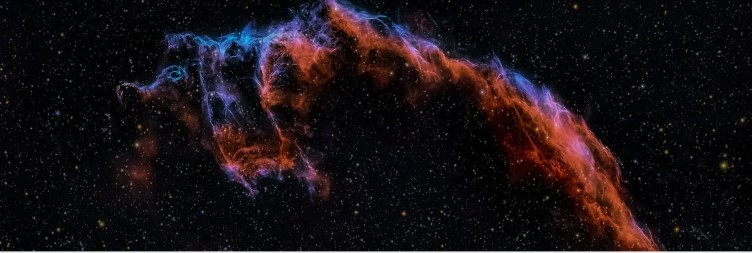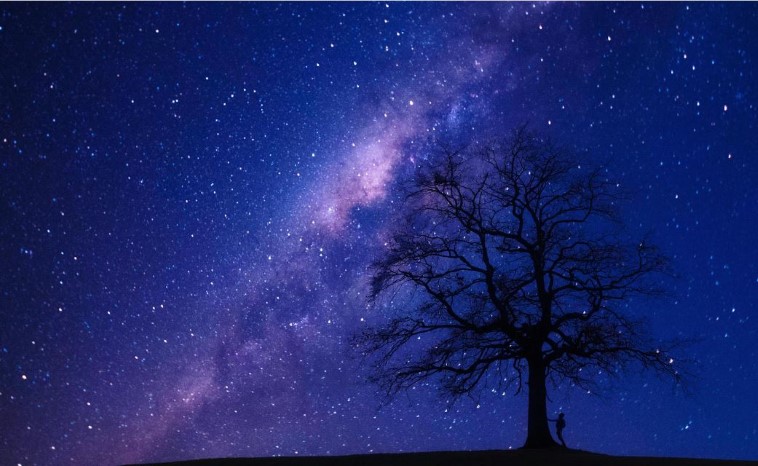From the history of the Milky Way

The Milky Way is a large and powerful galaxy. Of the fifty galaxies of the Local Cluster, the Milky Way is the second largest, after Andromeda. And it is very old, almost as old as the universe itself.
The oldest stars in the Milky Way ignited perhaps only a few hundred million years after the universe began. Some estimates put the Milky Way at 13.6 billion years old.
What is known is that the Milky Way has had a turbulent history, filled with collisions with surrounding galaxies. After all, the sky is full of such events: galaxies collide, pass through each other and collide again, curve, twist until they calm down like two waves crashing into each other and finally flattening out.
Of course, in such a minor period of time as the human century, and even the entire human civilization, the deep sky seems to be frozen and unchanging.
It is known that in a billion years the Milky Way will experience a collision with the Andromeda galaxy, but also with some surrounding companions. The gravitational force of galaxies is known, their movements are known, and from this their future collapse can be predicted with great certainty.
That, however, is the future.

But today, astronomers, studying the structure of the Milky Way, are able to observe some details that testify to past collisions. They manage to discover the ancient scars of stormy times.
Our galaxy, being huge and massive, devours all those who approach it. It catches them with its gravity in a trap and slowly sucks them up. This is how it increases. Astronomers vividly describe this process as galactic cannibalism.
Did you know
- The Milky Way is one of 150 billion galaxies in the visible part of the universe. This is a very rough estimate. According to some calculations, there are far, far more.
- The Milky Way is a spiral galaxy.
- It contains between 100 and 400 billion stars.
- It is 27,000 light years from the Sun to the center of the Milky Way.
In a study published in Nature, scientists believe that the central structure of the Milky Way is composed of foreign stars, those that originated in another galaxy. Ten billion years ago, the Milky Way collided with a dwarf galaxy, tearing it apart and sucking it up.
By studying the age, movement and composition of stars, scientists are able to explain how certain structures of the Milky Way were formed. Based on that, they come to the conclusion about a dramatic event from ten billion years ago.
One galaxy, four times smaller than ours, was pulled into the Milky Way, torn apart by gravitational forces, and its stars scattered and eventually settled in the Milky Way, its new home.
And the halo that surrounds our galaxy also contains stars that were born in another galaxy, but after the collision with the Milky Way, settled in its halo envelope. And the entire disk of our galaxy is thicker than it was at birth.
Want to read more about the universe? Visit our blog!

